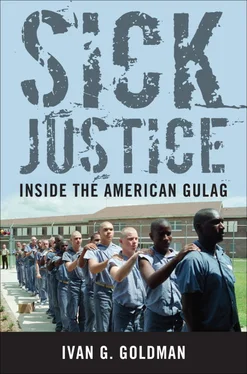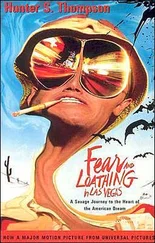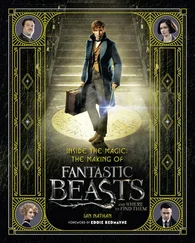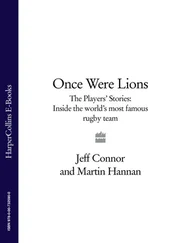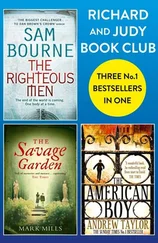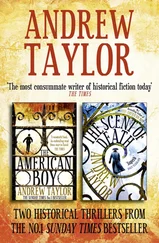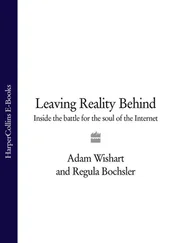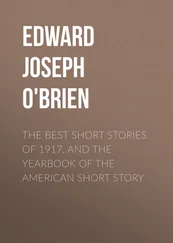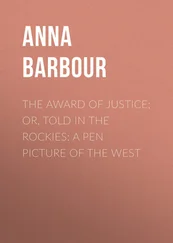JOURNALISTS CONSIDER IT UNETHICAL TO PAY SOURCES FOR THEIR INFORMAtion. This long-standing principle has withered under pressure from the twenty-four-hour news cycle and tabloid players like Rupert Murdoch, but it remains part of the Society of Professional Journalists’ Code of Ethics and is still observed by traditional news gatherers. For good reason. When sources are paid cash for their tales, they’re tempted to invent some whoppers. Yet prosecutors, who, like journalists, are supposed to investigate the facts of a case, obey no such rules. They routinely reward witnesses with a commodity far more precious than mere cash. They dangle the gift of freedom, a practice that can make unreliable witnesses wildly unreliable—and a tool unavailable to defense lawyers. If a defense lawyer offered a reward to a witness, that would constitute a bribe.
Ex-prizefighter Anthony Fletcher may have been guilty of a crime. It’s hard to know his precise innocence or guilt because his defense was botched so badly after he was arrested back in 1992. Fletcher, locked in a tiny death row cell inside State Correctional Institution Greene in Waynesburg, Pennsylvania, grows older one slow day at a time. 1He was accused of pulling a gun on small-time crook Vaughn Christopher and executing him on a Philadelphia street. Christopher’s autopsy report supported Fletcher’s statement that the gun was Christopher’s, that he had pulled it on Fletcher, and that Christopher was shot while the two wrestled for it. Prosecutors successfully hid the substance of the autopsy report, and Fletcher was sentenced to death largely on the strength of eyewitness testimony from Natalie Renee Grant, a woman wanted for retail theft and prostitution. Grant’s account was disproved by physical evidence that was never presented to jurors. After the court convicted Fletcher of first-degree murder, Grant was granted probation.
This kind of tit-for-tat testimony is one of the most lethal weapons in the prosecutors’ arsenal. It’s difficult to estimate how many convicts are doing time because someone “turned over” on them and was rewarded for it, and it’s even more difficult to know how much of that rewarded testimony was true. The Chicago Tribune found that of the thirteen Illinois death row inmates found to be wrongfully convicted and released between 1977 and 2000, five, or nearly 40 percent, were prosecuted using jailhouse informants who claimed the defendant had confessed to them. 2
It gets worse. Perpetrators, when they can find a willing prosecutor, sometimes find a way to pin their own crimes on others. That is essentially what happened to Brenda Valencia after she gave a ride to a drug dealer in Florida. A deal with the actual dealer in the case gave authorities both a working snitch and a big-time conviction.
Another irony built into the system: innocent defendants are particularly tempted to go to trial. This means they’ll likely serve longer sentences because juries usually convict criminal defendants, who ultimately pay a price for not accepting a plea bargain. Fletcher, then thirty-four, insisted on a trial. He didn’t believe an American court would convict him.
“TWO GUNS” FLETCHER: A RING MONIKER THAT MISFIRED
Fletcher, at least for a while, escaped the rough streets of South Philadelphia by joining the U.S. Army right out of high school. He polished his boxing skills at an army gym in Germany and became a highly successful amateur. After his discharge, he turned pro in the lightweight division. He was already twenty-four, making it a late start, but he fought his way into world-class ranks. Then he suffered a detached retina, an affliction that usually ends a boxing career. It impairs vision and sometimes leads to blindness.
Fletcher’s troubles, like the biblical Job’s, kept on coming. He was busted for cocaine possession, partially paralyzed by Bell’s palsy, and shot four times while sitting in a car watching a playground basketball game in Southwest Philadelphia. A companion sitting behind the wheel was fatally wounded. All the while, Fletcher was still competing as a fighter. He retired at age thirty-four in August 1990. In his ten years as a pro, he’d compiled a record of twenty-four wins and four losses. On retirement he stayed close to the only real home he’d known, South Philly. Few boxers wind up with any money once they retire, so they tend to return to their roots in an environment that’s not terribly pleasant or safe.
Christopher, Fletcher said, had earlier stuck up a craps game, taking fifty dollars from him. When Fletcher saw Christopher again after the incident, he punched him, and Christopher pulled out his pistol. It wasn’t a shocking tale in that part of the city.
In a standard deal, the prosecutor offered Fletcher the chance to plead guilty to third-degree murder and serve ten to twenty years. When Fletcher refused and opted to roll the dice on a trial, the prosecutor asked for a death sentence. The district attorney at the time was execution devotee Lynne Abraham. “Abraham’s office seeks death virtually as often as the law will allow,” wrote Tina Rosenberg in the New York Times Magazine . 3Abraham had once posed on the cover of Philadelphia magazine cradling a submachine gun.
Had Fletcher accepted the plea bargain offered to him, he’d probably have been freed many years ago and wouldn’t be threatened with execution. If you think about it, he’s no longer doing time for shooting Christopher. He’s on death row for refusing to accept the deal offered back in 1992. It’s largely because of such courtroom outcomes that 95 percent of defendants take a deal. 4
Later it turned out that key facts in Fletcher’s case were kept from the jury. Others were manufactured, plain and simple. For example, the prosecutor preposterously claimed that Fletcher was called “Two Guns” because he carried two guns on the street, but any Philadelphia fight fan could have informed the court that the nickname was a boxing alias referring to his ability to land telling shots with both hands. There was a dreadful lack of communication between Fletcher and his court-appointed attorney, Stephen Patrizio, who never corrected the mistake. Patrizio subsequently confessed to a host of other trial errors. Probably the most grievous was his failure to object to the judge’s flawed instructions to jurors. The judge was supposed to inform them they could find Fletcher guilty of voluntary manslaughter or involuntary manslaughter instead of murder. An objection at the time might have led to a much lighter sentence or given Fletcher substantive grounds for an appeal. A competent attorney always looks for such gifts, but the defense in this case never tore off the wrapping. In a deposition taken from him later, Patrizio made it clear that his principal strategy was to take the deal. He didn’t even challenge hearsay testimony from Grant.
Jurors were also not told that Christopher, shot in his leg and right side, bled to death in the hospital after his mother, a Jehovah’s Witness, denied him a crucial transfusion on religious grounds. In addition, vital physical evidence—Christopher’s clothes—never made its way from police investigators to the medical examiner’s office, leading advocates for Fletcher to believe that they contained powder burns that would have confirmed his account of the shooting.
The eyewitness testimony from Grant allowed the prosecution to argue that it had proved its shaky case beyond a reasonable doubt, even though her version of events didn’t square with the facts. She said Fletcher shot Christopher from a distance, but the autopsy showed that the two bullets entered from steep angles, which supported Fletcher’s account of a hand-to-hand battle. Hard-nosed detectives who revisited the case later agreed that with or without Grant, circumstances didn’t merit a first-degree charge. Looking back after all these years, it’s difficult to argue that keeping Fletcher locked up any longer makes sense and even tougher to make a case for lethal injection.
Читать дальше
